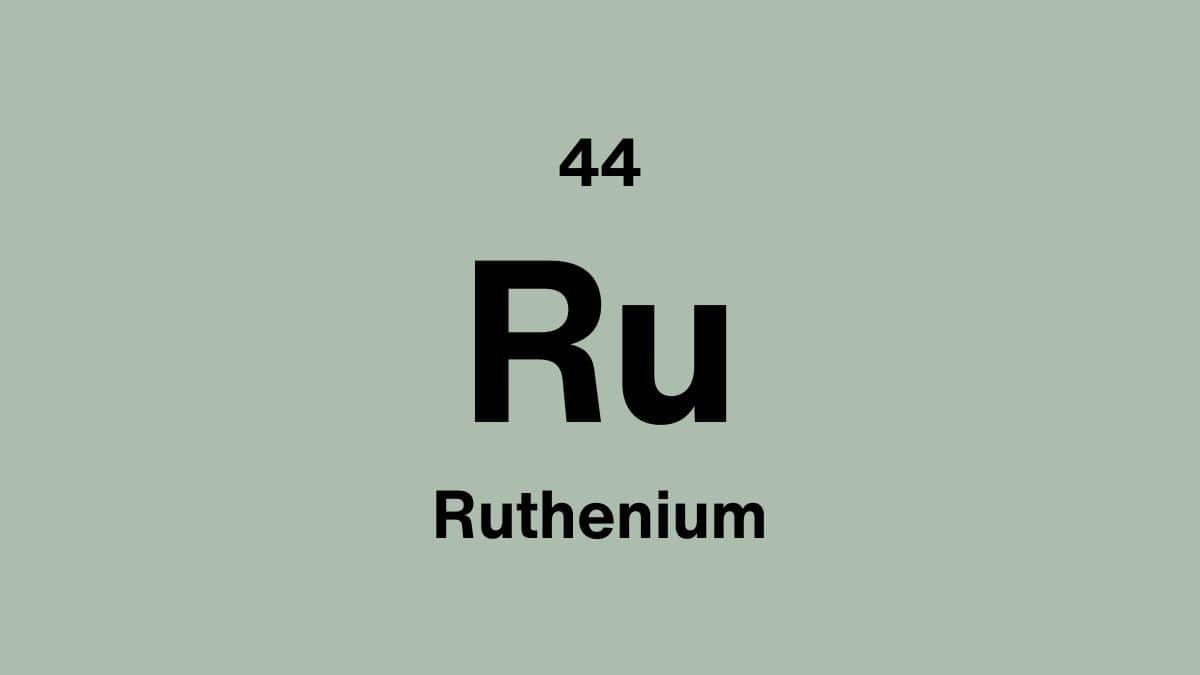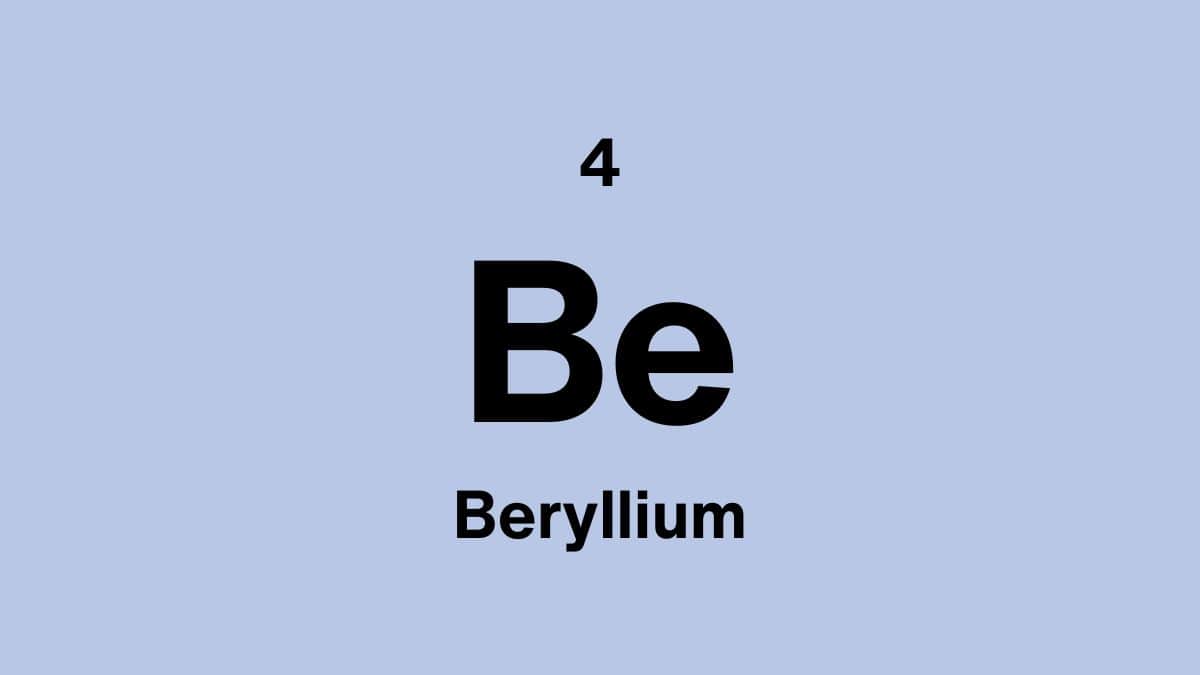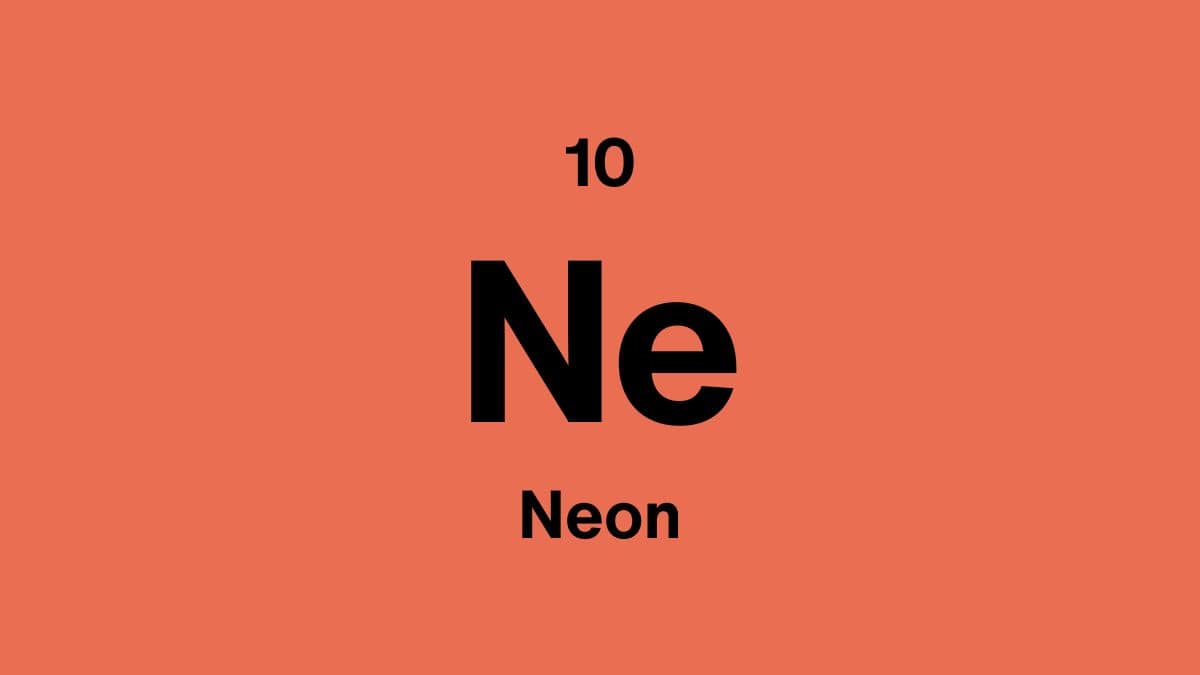Ruthenium Revealed: The Rare Metal Driving Catalysis and Electronics
Ruthenium is a hard, silvery-white transition metal in the platinum group. It is highly corrosion-resistant and can withstand harsh chemical environments. Ruthenium is widely used in electronics, as a catalyst in chemical reactions, and in platinum alloys to enhance hardness and durability.
In this article, we explore ruthenium's properties, natural occurrence, industrial applications, and main compounds.
Properties of ruthenium
| Atomic Number: | 44 |
| Atomic Symbol: | Ru |
| Atomic Weight (amu): | 101.07 |
| Electronegativity: | 2.2 |
| Melting point: | 2334.00°C | 4233.20°F | 2607.15K |
| Boiling point: | 4150.00°C | 7502.00°F | 4423.15K |
What does ruthenium look like?
Ruthenium is a silvery-white metal with a metallic luster. Its surface is reflective and durable, typical of platinum-group metals.
Will we ever run out of ruthenium?
Ruthenium is rare but can be sourced as a byproduct of platinum and nickel mining. While its availability is limited, recycling and byproduct recovery ensure continued supply for industrial uses.
Can ruthenium be recycled
Yes, ruthenium is commonly recovered from catalytic converters, electronic contacts, and platinum alloys for reuse in industry.
Where can ruthenium be found?
Ruthenium occurs in platinum ores and in small amounts in nickel ores. Major producers include Russia, South Africa, Canada, and the United States.
Is ruthenium expensive?
Yes, ruthenium is expensive due to its rarity, specialized applications in catalysis and electronics, and the cost of recovery from ores.
Does ruthenium have a biological role?
Ruthenium has no known biological role. Its primary importance is in industry and catalysis rather than biology.
What is pure ruthenium used for?
- Catalysis: Ruthenium catalysts are used in chemical synthesis, including ammonia and hydrogenation reactions.
- Electronics: Thin films of ruthenium improve the performance of electrical contacts and resist corrosion.
- Alloys: Added to platinum and palladium to improve hardness and wear resistance in jewelry and industrial equipment.
- Solar Cells: Ruthenium complexes are used in dye-sensitized solar cells for improved efficiency.
What are the main compounds with ruthenium?
- Ruthenium Tetroxide (RuO4) : Strong oxidizing agent used in organic synthesis.
- Ruthenium Chlorides (RuCl3) : Used as catalysts and in chemical research.
- Ruthenium Alloys : Combined with platinum or rhenium for increased hardness and corrosion resistance.
Who discovered ruthenium?
Ruthenium was discovered by Russian chemist Karl Ernst Claus in 1844 while analyzing platinum ores from the Ural Mountains. Claus named the element after Russia, "Ruthenia," the Latin word for the country.
Is ruthenium dangerous?
Ruthenium metal is not highly toxic, but some compounds like ruthenium tetroxide are extremely toxic and volatile. Proper handling is required in laboratory and industrial settings.
Fun facts about ruthenium
- Ruthenium belongs to the platinum group metals and enhances the durability of platinum alloys.
- It can withstand high temperatures and aggressive chemical environments.
- Ruthenium catalysts are widely used in the chemical industry for hydrogenation and ammonia synthesis.
- Thin ruthenium coatings are applied to electrical contacts to prevent corrosion and improve conductivity.
Scientific data verified from RSC, Britannica, and the Minerals Education Coalition.



